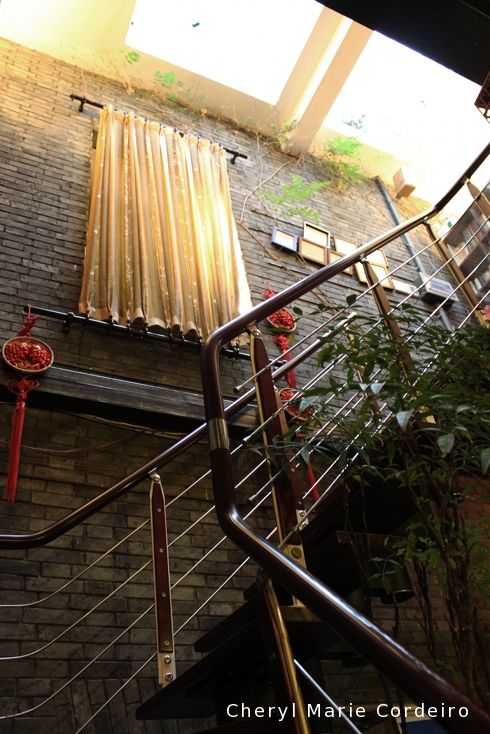
After Shanghai.
Text & Photo © JE Nilsson, CM Cordeiro 2014
It was in November 2013 when we paid a study visit to Shanghai, China. But it was only on the eve of the Lunar New Year 2014 that all colleagues had a chance to gather in an early spring kick-off session to share and compare some reflections, insights and lessons learnt from that visit.
The afternoon was spent in a lecture hall, numbering altogether about thirty persons, somewhat amused that this might be the first time ever that we met as a group. Located in the same administrative building, at most a few floors apart from each other and some even sharing the same corridor, it took a joint visit to Shanghai in order for us all to get together face to face. Continue reading ”Reflections on a visit to Shanghai 2013”











